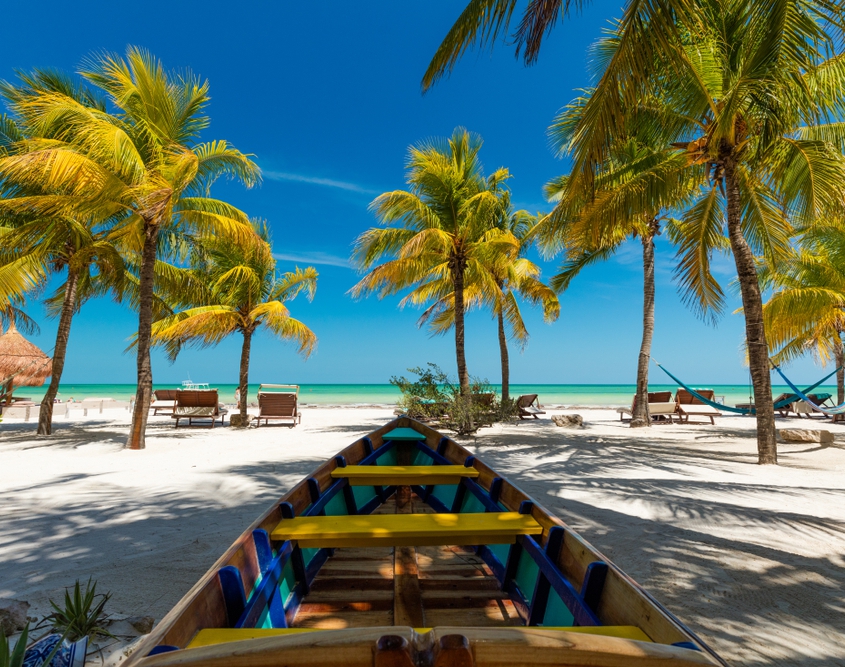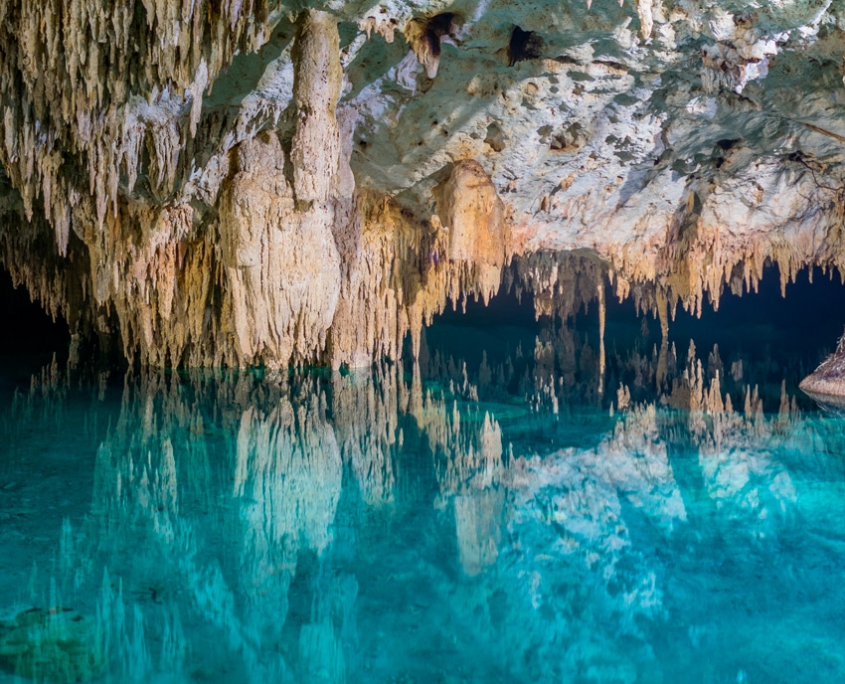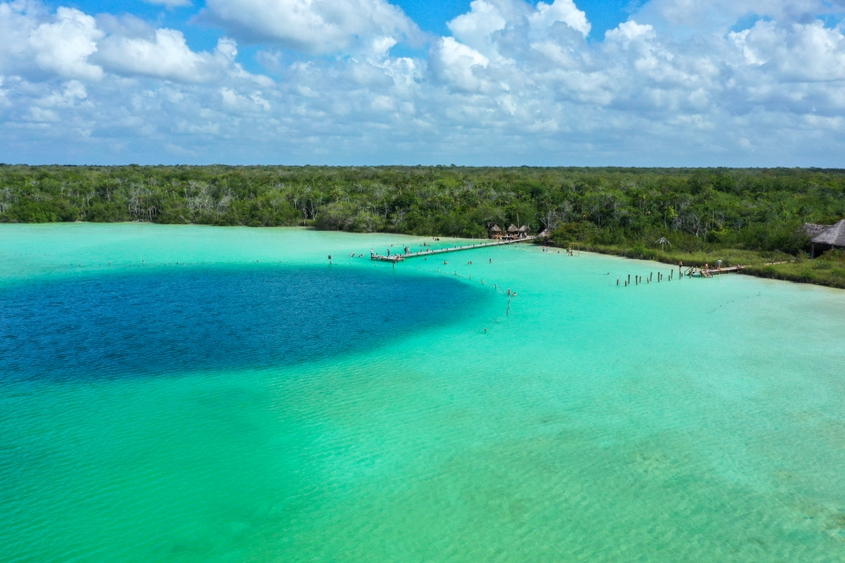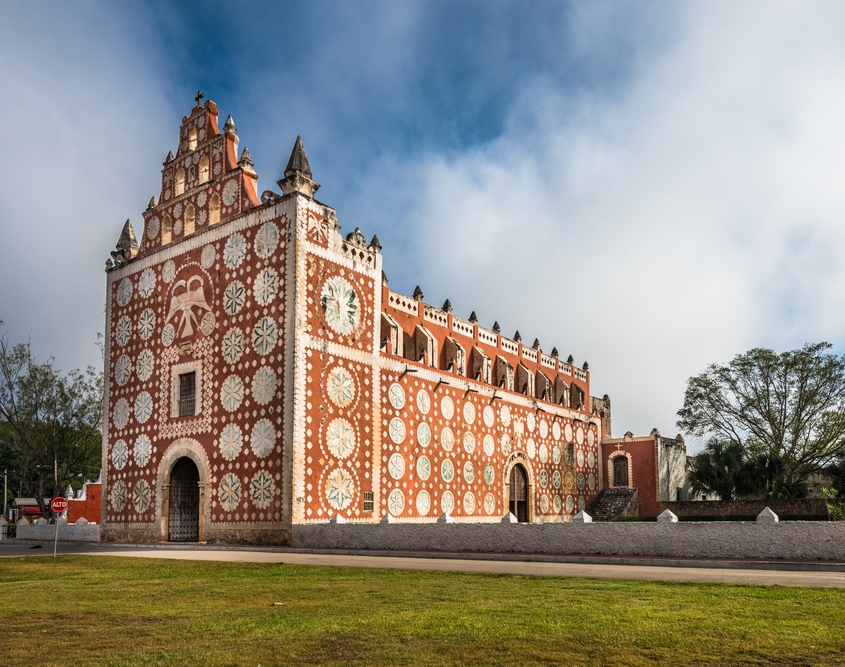Here’s our monthly gallery showcasing some of the region’s many natural and historical attractions. How many have you visited? Which ones would you like to explore on future visits to Royal Resorts?
Holbox
In the Gulf of Mexico, just off Quintana Roo’s north coast, peaceful Holbox is a place to leave your cares behind and renew your bond with nature. Spend hours rocking gently in a hammock, walking along the shoreline gazing at endless waters in shades of blue, aquamarine and turquoise or on the beach waiting for another glorious sunset. There are birding and fishing trips, and the chance to see whale sharks, manta rays and sea turtles in the summer. The fresh seafood is a Mexican Caribbean dining highlight and be sure to try the lobster pizza, an island specialty!
Nohoch Nah Chich Cenote
This incredible jungle cenote is the mouth of Sac Actun, the longest underground river system discovered to date in the world.
Guided tours are available to the first chamber of this huge cave cenote for swimming and snorkeling and to see its amazing stalactite and stalagmite formations. For cave divers, there are trips into the cenote’s mysterious depths.
Ka’an Luum Lagoon
Kaan Luum is a turquoise lagoon in the jungle just to the south of Tulum. You can swim from the wooden deck and there are ojos de agua or freshwater springs and cenotes – the zones of darker blue and deeper water – in parts of the lagoon. Organized day trips to Kaan Luum include visits to the nearby Mariposa and Chen-Ha cenotes and to a Maya community to learn about the ancient tradition of bee keeping and the Melipona stingless bee native to the Yucatan, and cacao cultivation.
Uayma
In contrast to the colors and ornate stonemasonry of colonial churches in other parts of Mexico where wealth flowed from silver mines, the 16th and 17th-century churches in the state of Yucatan tend to have a much more austere design graced by their twin bell towers or a distinctive espadaña or belfry. Not so the parish church in Uayma, a small village near Valladolid. Dating from 1646, this architectural gem is painted in vibrant rust, white and blue and is decorated with ajaracas, Moorish-inspired bas-reliefs in a flower, star and tie design. Seven two-headed eagles with outstretched wings can also be seen in different parts of the façade, the heraldic symbol of Asturias, Spain.
Explore the Yucatan with Thomas More Travel
Thomas More Travel can help you arrange tours and private trips to these spots and to all the natural and historical wonders in the Mexican Caribbean and Yucatan.




